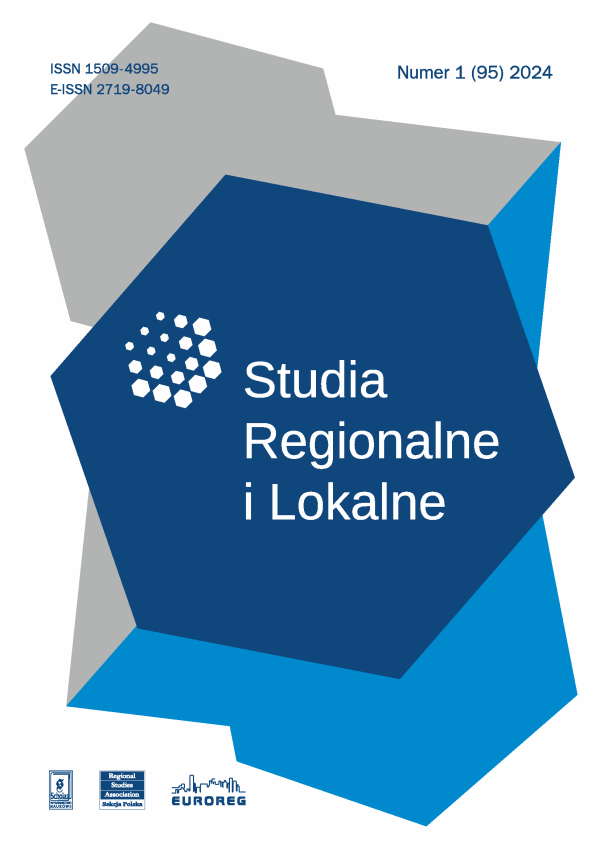Issue:
1(95)2024
Martyna Sydorów
The Functioning of Public Transport Connections in the Słupsk–Ustka Functional Urban Area and the Phenomenon of Transport Exclusion
DOI: 10.7366/1509499519506
Funkcjonowanie połączeń transportu zbiorowego w Miejskim Obszarze Funkcjonalnym Słupsk-Ustka a zjawisko wykluczenia transportowego
Celem artykułu jest przedstawienie skomunikowania transportem zbiorowym miejscowości położonych w granicach Miejskiego Obszaru Funkcjonalnego Słupsk-Ustka (MOF S-U) z miastami-rdzeniami (Słupskiem i Ustką) oraz wskazanie obszarów, na których może dochodzić do zjawiska wykluczenia transportowego. Sieć połączeń komunikacji publicznej na tym terenie nie odpowiada na potrzeby kierowane przez mieszkańców do decydentów jednostek samorządów terytorialnych, co może ograniczać ich możliwości przemieszczania się, zwłaszcza w weekendy. Podczas przeprowadzonego badania dokonano analizy literatury przedmiotu, dokumentów na poziomach lokalnym i regionalnym, danych zawartych w rozkładach jazdy oraz zastosowano „wizualizacje” GIS. Niedostateczne skomunikowanie komunikacją zbiorową obszaru wpływa na ograniczoną dostępność transportową, a w konsekwencji może prowadzić do wykluczenia transportowego.
The Functioning of Public Transport Connections in the Słupsk–Ustka Functional Urban Area and the Phenomenon of Transport Exclusion
The aim of the article is to present the communication by public transport of the towns located within the boundaries of the Municipal Functional Area of Słupsk–Ustka (MOF S–U) with the core cities (Słupsk and Ustka) and to indicate the areas where the phenomenon of transport exclusion may occur. The public transportation network in the area does not meet the needs directed by the residents to local authority decision-makers, which may limit their ability to get around, especially on weekends. During the study, the literature on the subject, documents at local and regional levels, and data contained in timetables were analysed as well as the GIS visualisations were used. Insufficient communication with public transport in the area results in limited transport accessibility and, consequently, may lead to transport exclusion.
Affiliation:
Martyna Sydorów: Uniwersytet Gdański, Zakład Rozwoju Regionalnego, Instytut Geografii Społeczno-Ekonomicznej i Gospodarki Przestrzennej, ul. J. Bażyńskiego 4, 80-309 Gdańsk, Polska; ORCID: 0000-0002-1127-0693;
martyna.sydorow@phdstud.ug.edu.pl 


